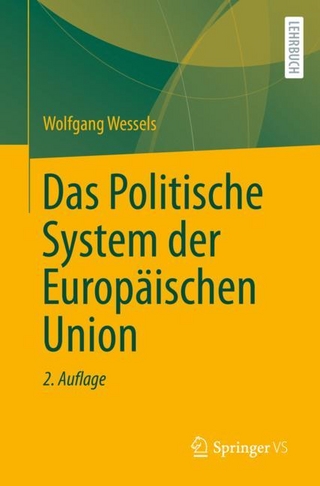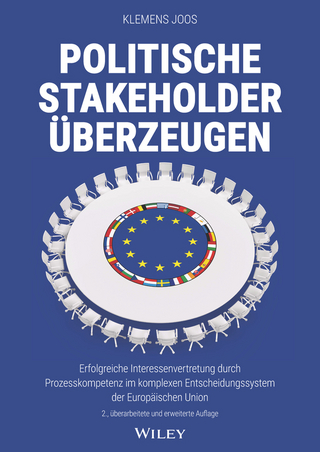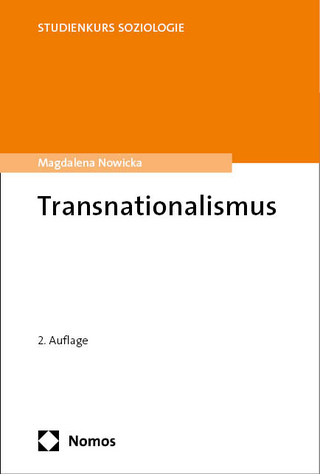
A Stable External Currency for Europe
Palgrave Macmillan (Verlag)
978-0-333-53265-2 (ISBN)
- Titel wird leider nicht erscheinen
- Artikel merken
Jacques Riboud does not believe that the governments of the European Community - even supposing that they can agree on the matter - will succeed in imposing the ECU as a payment and reserve currency for use in the EEC's external trade. In the external market, the choice of currency is free and a brand new currency will only be chosen if it is better than all the alternatives and if it has been successfully "promoted". In his view the ECU is a mediocre currency as it stands, less desirable than the Mark or even than certain others of its own component currencies, and the kind of monetary organisation needed to make it a commercial success is not in existence. In this book, Mr Riboud briefly recapitulates his proposal regarding an extra national composite currency unit called the Eurostable, which will have invariable purchasing power, a property that no other currency in history, not excluding gold, has ever had. He recommends that the task of launching this new currency should be left to a private consortium of major Euro-market banks.
This special extra territorial area of the Euro-markets is where the new currency unit will find eager potential users, as well as the conditions needed for purchasing power stability and a dynamic market, which the prospect of the considerable profits that may be expected to result from this enterprise will guarantee. The author sets out the theoretical demonstrations on which this project is based and takes them a stage further, so as to answer some of the objections and negative reactions that this proposal is bound to elicit. At the same time, he also gives a detailed description of the banking and accounting mechanisms that would be needed in order to ensure that the banking consortium could operate effectively and at a minimal cost in terms of reserves. Experience of the use of this new currency in the private sector ought to make it possible for the EEC to adopt it for official use, once the time is ripe, and promote it as a symbol of its own unity and an effective instrument of price stabilisation. Riboud's previous publications include "the mechanics of money" and "the case for a new ECU", to name just two.
The consortium and its inter-bank institution - Seigniorage; the consortium and its inter-bank institution - a currency to be sold; the central inter-bank institution - simulation; the consortium - simulation; banks outside the consortium - simulation; from the ECU to the Eurostable; a currency that is better than all the others; the "Economist" presents the "Phoenix"; exchange risks and real interest rates; adjusting exchange rates by the use of targeted creeping rates; phase 3 - on the European scene; an internal currency and an external currency; by exrapolation - stage 4; the theoretical foundations of an extra-national composite currency with stable purchasing power and their implications; from abstract theory to the reality of practice; in order to explain the ES - some thoughts on bank money.
| Erscheint lt. Verlag | 20.3.1991 |
|---|---|
| Übersetzer | Stephen Harrison |
| Vorwort | A.A. Walters |
| Zusatzinfo | index |
| Verlagsort | Basingstoke |
| Sprache | englisch |
| Maße | 148 x 222 mm |
| Gewicht | 400 g |
| Themenwelt | Sozialwissenschaften ► Politik / Verwaltung ► Europäische / Internationale Politik |
| Wirtschaft ► Volkswirtschaftslehre ► Finanzwissenschaft | |
| Wirtschaft ► Volkswirtschaftslehre ► Makroökonomie | |
| ISBN-10 | 0-333-53265-1 / 0333532651 |
| ISBN-13 | 978-0-333-53265-2 / 9780333532652 |
| Zustand | Neuware |
| Haben Sie eine Frage zum Produkt? |
aus dem Bereich


